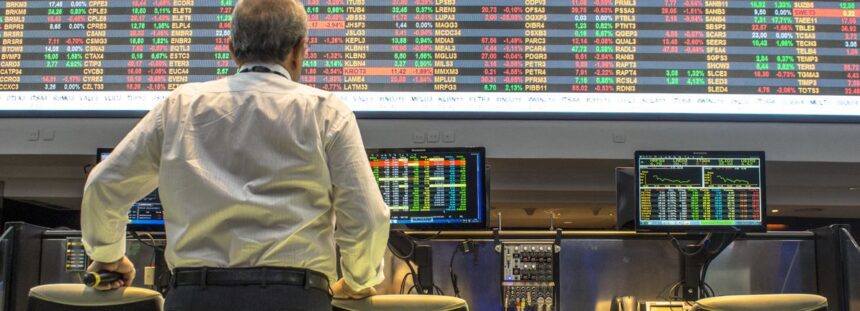Coinbase Global has been sparking significant interest among investors, particularly in light of its volatile stock performance and emerging developments in the crypto space. The company’s shares recently closed at $357.01, reflecting a remarkable year-on-year increase of 102.4% and an astounding 461.4% growth over the past three years. Despite experiencing a dip of 6.1% in the last week, Coinbase has still managed a 38.8% increase so far this year, alongside a notable monthly gain of 10.5%.
This volatility and bullish momentum may be linked to a variety of recent events. Coinbase has made headlines with discussions of acquiring fast-growing cryptocurrency firms such as London-based BVNK and India’s CoinDCX. Furthermore, the company is adapting to shifts in regulatory climates regarding digital assets, which could enhance its global market position. Recent policy updates from Washington, particularly related to 401(k) plans and forthcoming crypto reports, also seem to be influencing the market environment, presenting both opportunities and challenges for investors.
A pivotal question arises: Is Coinbase currently fairly priced, or does it represent a potential bargain? A widely used valuation score indicates that Coinbase scored only 1 out of 6—suggesting that it may not seem inexpensive by traditional valuation measures. This raises the need to explore different analytical approaches to evaluate the stock’s worth.
The first method, an Excess Returns Analysis, assesses how effectively Coinbase generates returns relative to its cost of equity, effectively measuring whether the company is creating value for its shareholders after accounting for expected returns. Data from analysts indicates a book value of $47.17 per share and a stable earnings per share (EPS) forecast of $9.15. The estimated cost of equity stands at $4.82 per share, resulting in an excess return of $4.33 per share. The average return on equity is pegged at 15.52%, leading to an estimated intrinsic value of $144.05 per share. This suggests that Coinbase is currently overvalued by approximately 147.8% based on this method.
The second approach, Price vs Earnings, evaluates the price-to-earnings (PE) ratio, a common metric for assessing stock valuation when companies are reporting profits. Currently, Coinbase’s PE ratio is at 32.07x, which is close to the average of its peers but significantly higher than the capital markets industry average of 24.86x. Simply Wall St provides a benchmark PE ratio of 19.83x for Coinbase, indicating that its current trading level is well above what the fundamentals would suggest.
Given these analytical perspectives, Coinbase appears to be overvalued through both valuation models presented. However, interpreting its value can also involve the subjective lens of investor “Narratives.” These narratives reflect individual perspectives on the company’s future, opportunities for revenue growth, profit margins, and regulatory risks. Some investors project a fair value for Coinbase as high as $510 based on anticipated ecosystem expansion, while more cautious analysts estimate it at around $185, driven by apprehensions over regulatory influences and trading volumes.
In conclusion, as Coinbase continues to navigate a dynamic landscape filled with both potential rewards and pitfalls, various valuation models coupled with personal investment narratives add layers to the evaluation of the stock. The ongoing dialogue in the investment community will likely play a crucial role in shaping perceptions around Coinbase’s future and its position within the wider cryptocurrency market.







